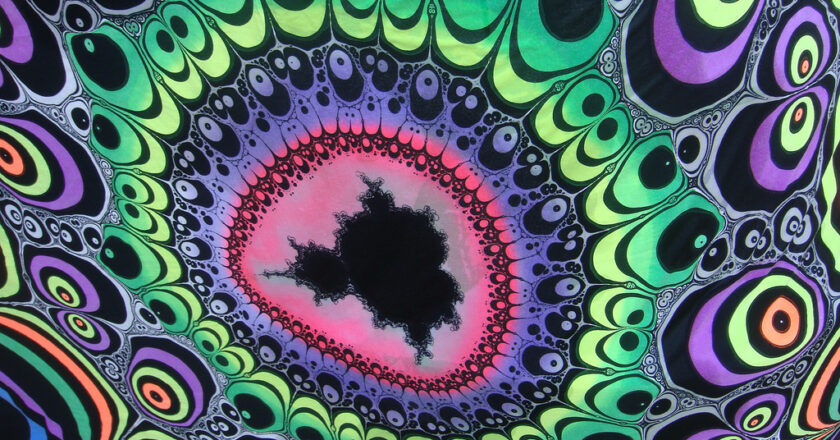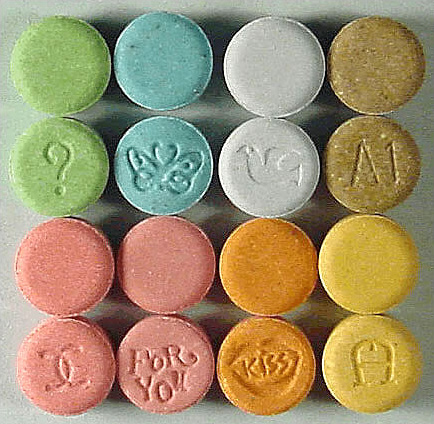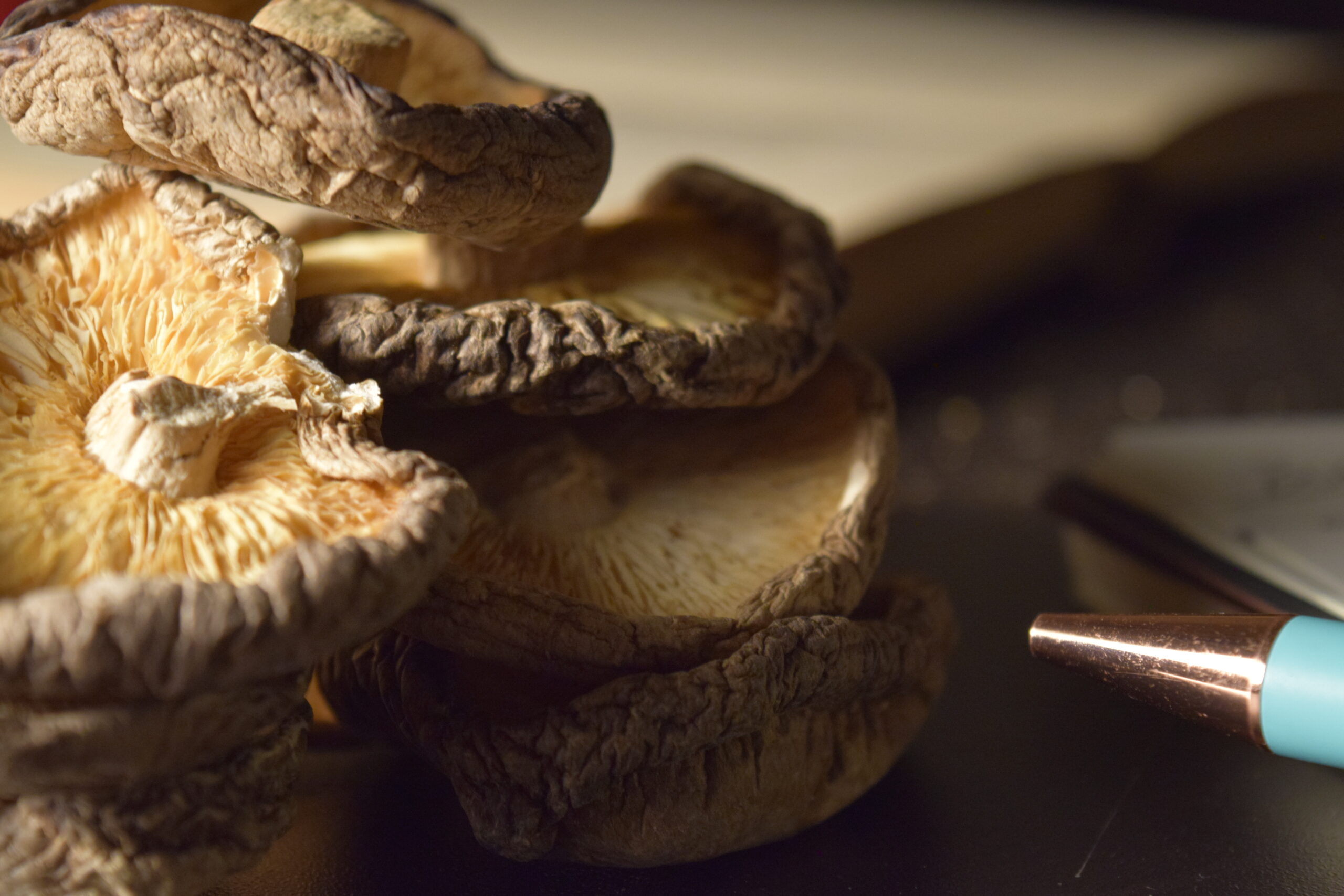Spirituality could be a chemical within
By DANIEL VELASCO
N,N-Dimethyltryptamine, or DMT, is a naturally occurring psychedelic that’s in plants, animals and quite possibly, our brains.
This seemingly mystical and loud chemical has baffled and frustrated scientists for years sparking many theories as to why it exists.
Some claim that it’s the chemical responsible for the dreams we experience at night, or it’s the light we see when dying, or the substance itself is our third eye.
Mystical speculations aside, studies on DMT have been shown to offer more questions than answers. Psychological Medicine noted that in a study conducted on 122 recently admitted psychiatric patients and 20 normal subjects, DMT was detected in the urine of 47 percent of those diagnosed by their psychiatrists as schizophrenic.
While DMT has been fo...



